Piranha-eating Paiche fish that starved Bolivian Amazon fishermen catches karma
Growing up to 4 meters in length and weighing over 200kg, paiche poses a threat to native fish stocks
December 28, 2023
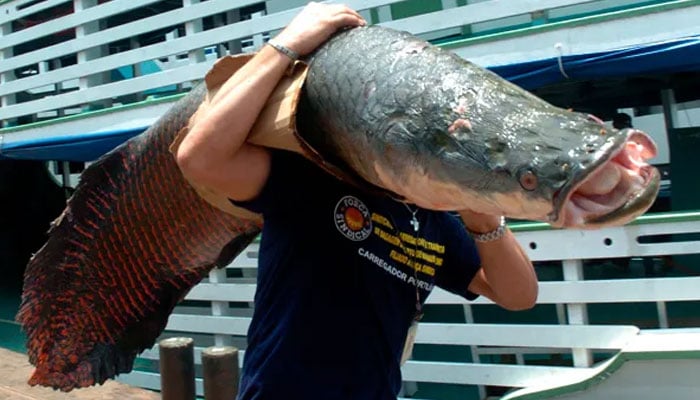
Guillermo Otta Parum, a Bolivian fisherman with over 50 years of experience in the Amazon, recounts the arrival of the paiche or Arapaima gigas, a colossal freshwater fish disrupting the region's ecological balance.
Growing up to 4 meters in length and weighing over 200 kilograms, the paiche poses a serious threat to native fish stocks as it extends its territory by approximately 40 kilometres each year.
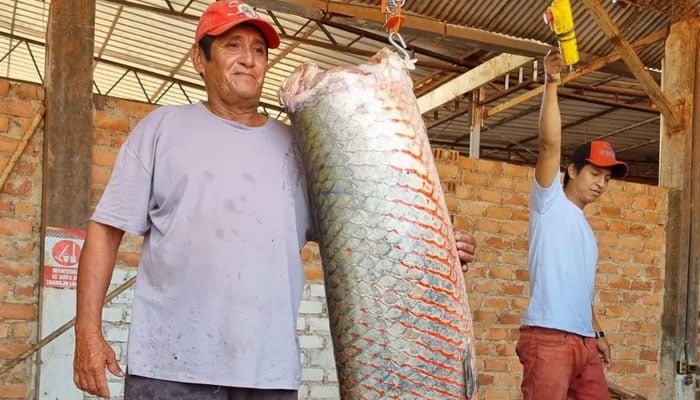
Federico Moreno, Director of the Beni Autonomous University's Centre for Aquatic Resources Research, highlights the paiche's territorial nature, displacing native species and prompting migration to more remote and inaccessible water bodies. The origin of the paiche in Bolivia is believed to be a breach in a Peruvian paiche fish farm, leading to its spread into Bolivian rivers.

Biologist Fernando Carvajal describes the paiche as a voracious species, consuming various fish, plants, molluscsz, and even birds with its vacuum-like feeding habits. Despite lacking sharp teeth, the paiche intimidates potential predators and safeguards its young, impacting the population of native species.
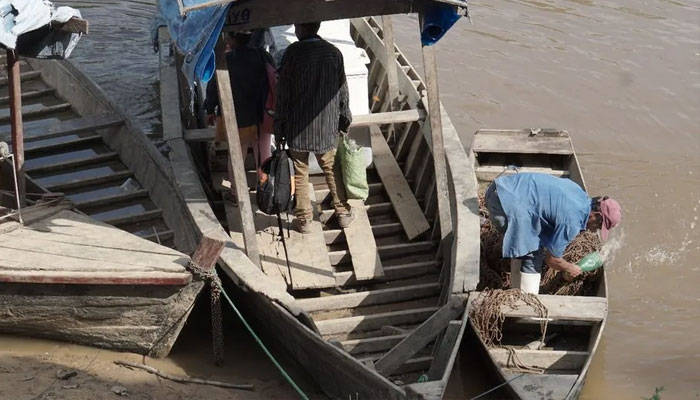
While the paiche's invasion raises concerns about biodiversity loss, local fishermen have found economic opportunities in its presence. Initially feared, the paiche has become a valuable catch, contributing to the livelihoods of Bolivian fishermen. Edson Suzano, who operates a panache-processing plant, notes the fish's popularity, with around 30,000 kilograms processed monthly.
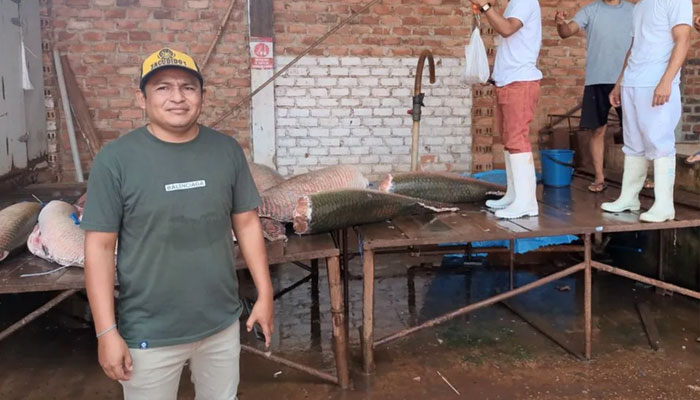
However, the surge in paiche fishing has led to conflicts with indigenous communities. Indigenous groups granted land titles to remote lagoons where paiche thrives, and now assert control over the resources. Commercial fishermen face challenges obtaining permits to operate in these areas, as indigenous communities aim to protect their recognised rights.
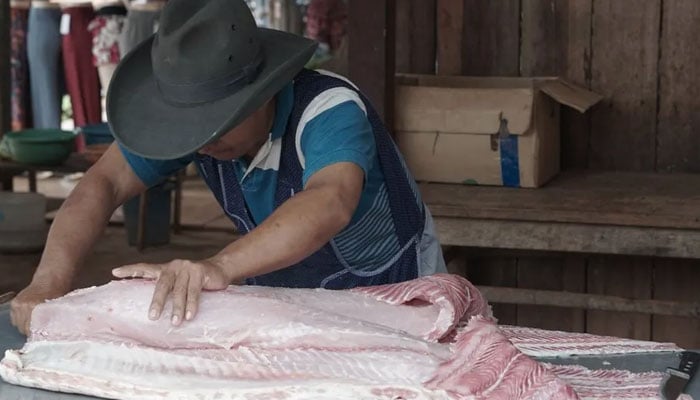
Juan Carlos Ortiz Chávez, representing the Alto Ivon Tco Chacobo indigenous community, emphasises the shift in attitude among the younger generation, implementing rules to safeguard their resources.
Scientists, including Federico Moreno, advocate for sustainable fishing practices to maintain a balance between species, emphasising the importance of regulating paiche hunting to preserve the Amazon's delicate ecosystem.









